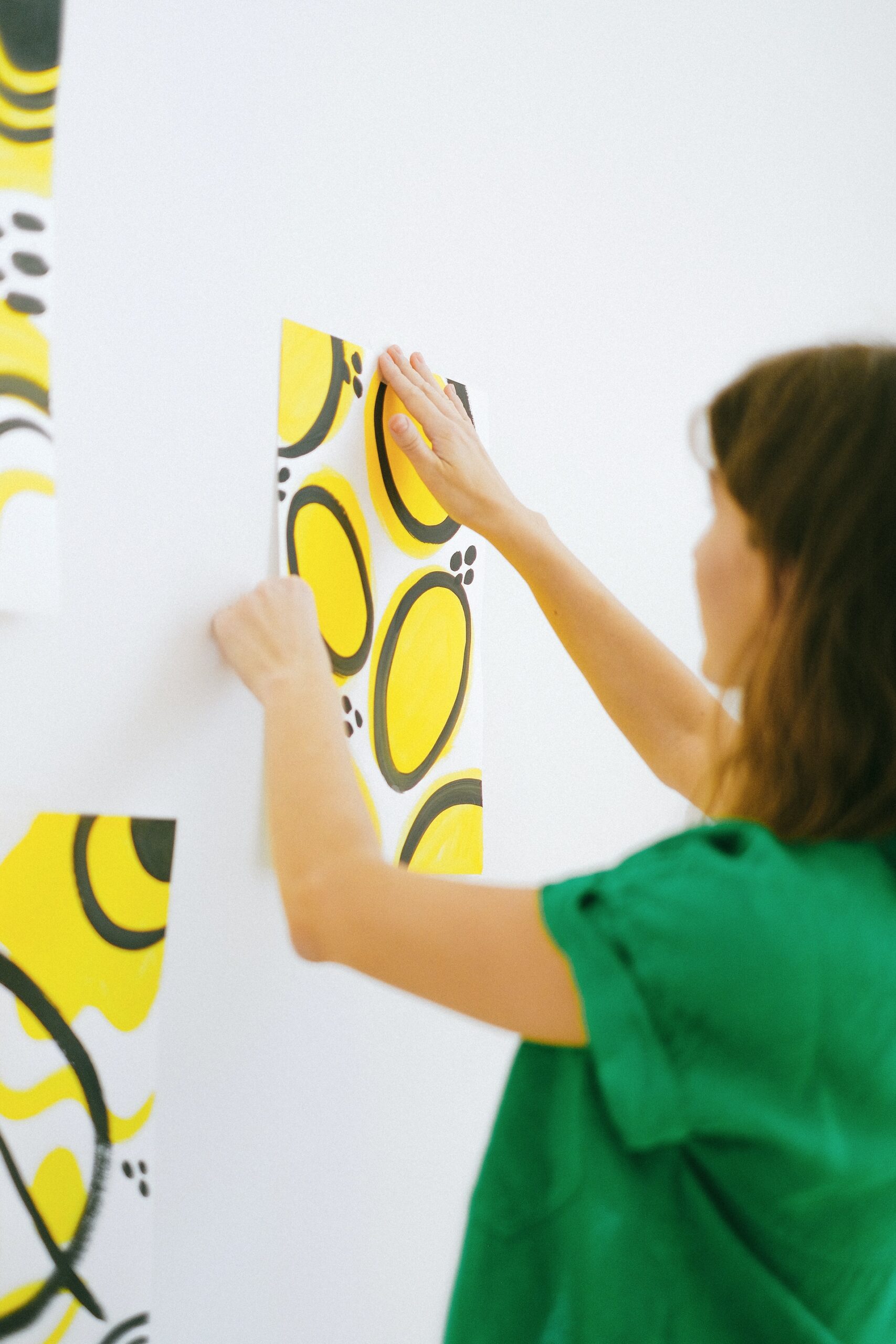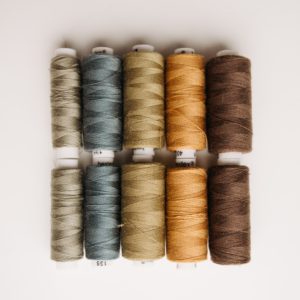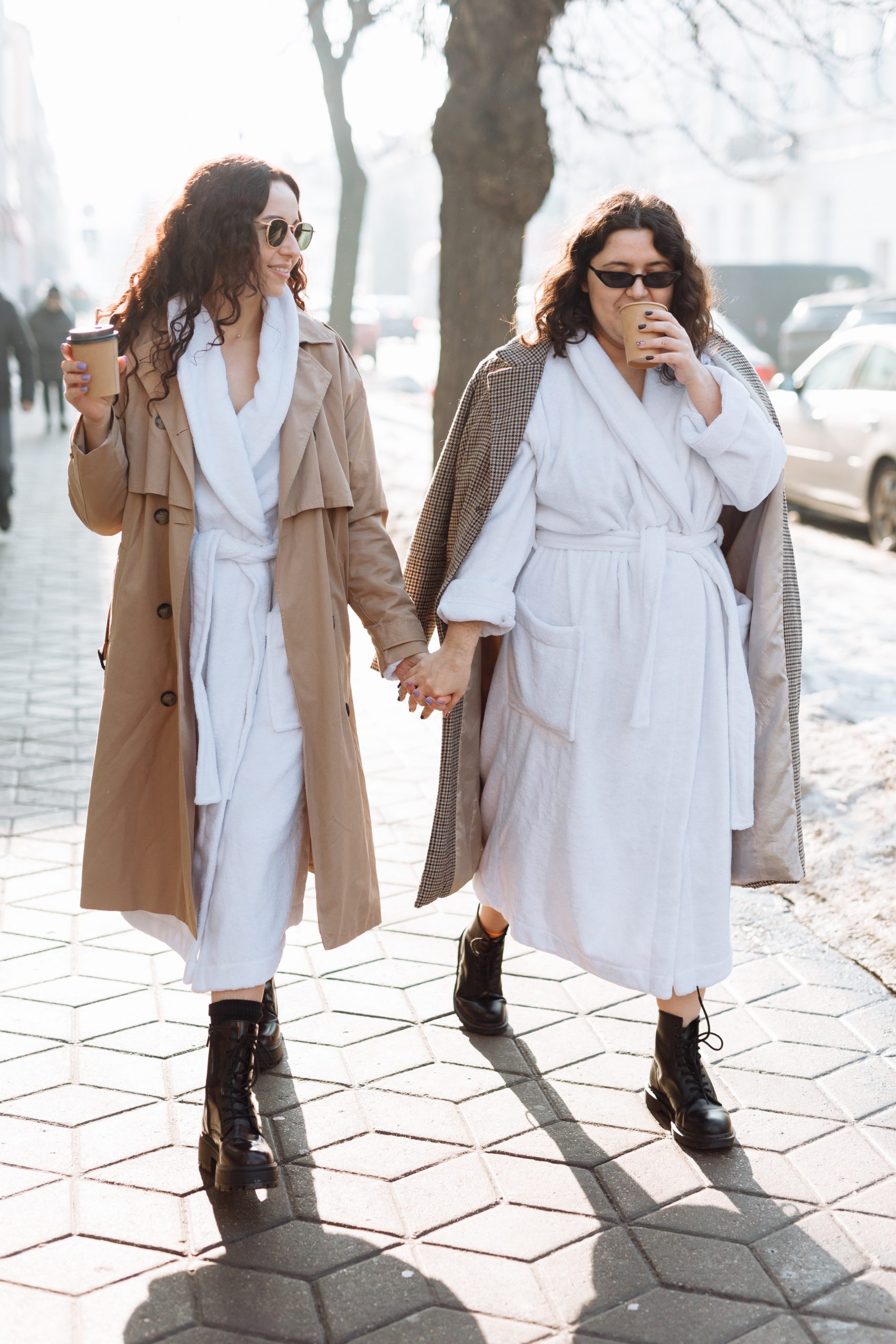The first thing you need to know about sewing is how to sew a basic stitch also know as a straight stitch. If you’re just starting out with sewing, the basic stitch is a great place to start. It’s easy, simple and will serve as a foundation for more complicated stitches as you get more comfortable with your sewing machine.
What it looks like: The basic stitch is a straight line that connects one point on the garment to another point on the garment. This can be done horizontally or vertically (or both!), depending on whether you’re sewing up or down.
Tools you need:
- Sewing machine with needle equipped
- Thread in whatever color you want your stitches to be
- Your pieces of fabric that need to be stitched together ( or remnants for practice)
- (Optional) A sewing kit
Pin the Fabric Together

Once you have the fabric on your machine and properly threaded, it’s time to pin. Pinning is important because it prevents your fabric from slipping or moving around as you sew. You can use straight pins or curved pins; both work fine.
Pin the fabric together at 2-4 inch intervals (but don’t let them touch each other).
Tip: Remove the pins as you sew the pieces of fabric together.
Time to Start Sewing

The first step to sewing a basic stitch is to start at the edge of a seam allowance, then sew off of it. This means that you’ll be sewing parallel to the fabric edge as opposed to over or through it. Your seam allowance depends on the type of project you’re working on. Sometimes a project requires a 5/8″ seam allowance or 1/2″, make sure to make note of it before beginning.
To sew a straight stitch, simply lower the presser foot and start sewing from left to right in a long line. When you reach the end of your line, raise the presser foot and continue stitching until you reach another inch-long line (or whatever length works best for whatever project you’re working on).
Tip: It’s important to sew with small stitches. The standard stitch length is between 2.5mm and 3mm. When you make your stitches small, they are easier to sew and less likely to break. They’re also less noticeable and therefore more hidden than large ones are. Also smaller stitches are easier in general: they require less thread per inch than larger ones do; they create less bulk in fabrics so they don’t show through as much.
Don’t move the fabric too much, and don’t pull it too tight (you can make a seam that’s too snug by sewing too fast). It’s also important not to stretch the fabric as you sew, so try to keep your hands steady.
Remove the Pins and Press

Once you get to the end of the fabric backstitch and finish by cutting any loose strands. Then, remove any pins that you haven’t already and get ready to press the seam open. You can either press the seam to the left side, right side or completely flat like in the picture below.


The Finished Basic Stitch

The basic sewing stitch is the first stitch you’ll learn, and it’s incredibly useful in almost every sewing project. It’s versatile, easy to master, and can be used for a wide variety of projects.
Want more practice? Check out the 5 basic seams to know before sewing.









